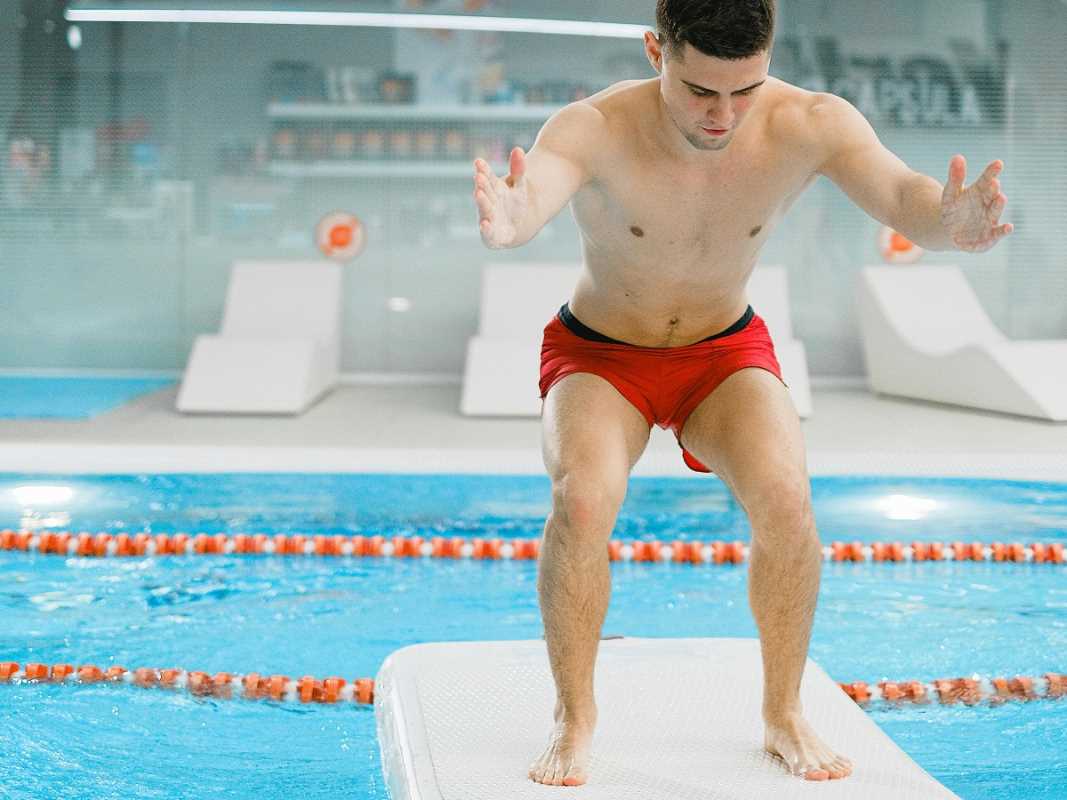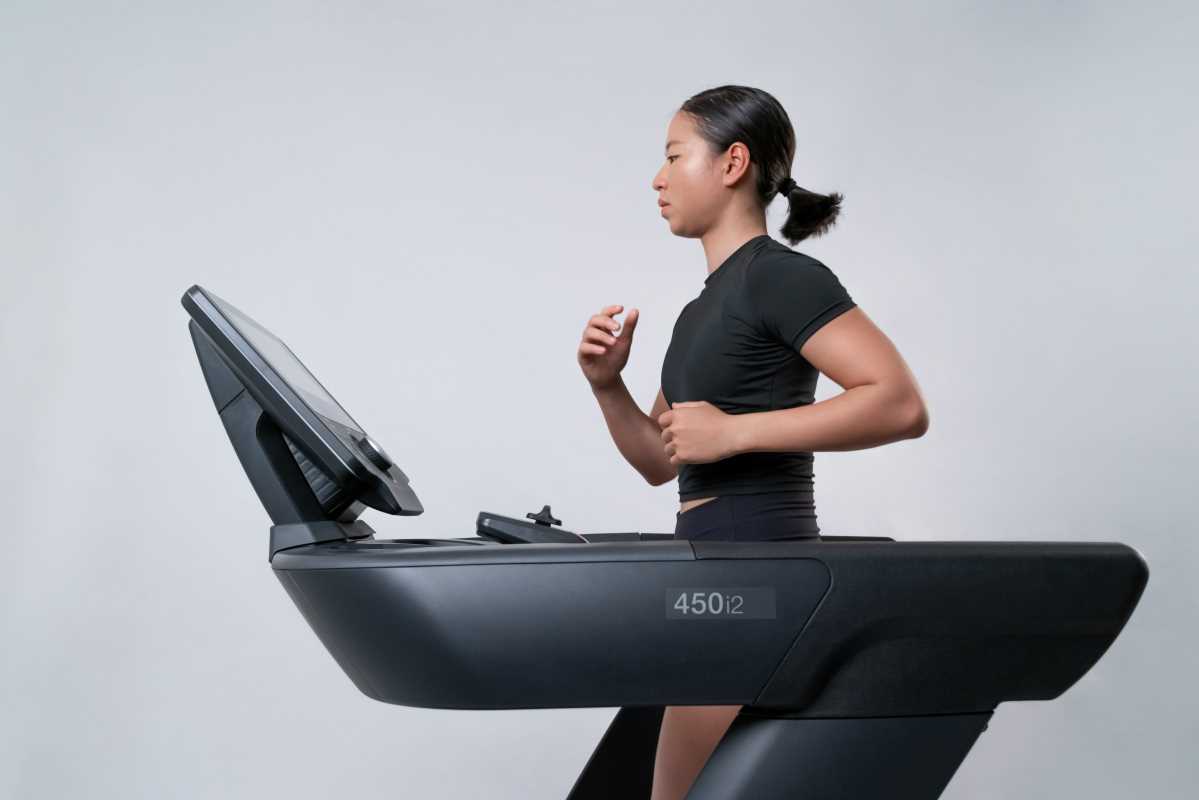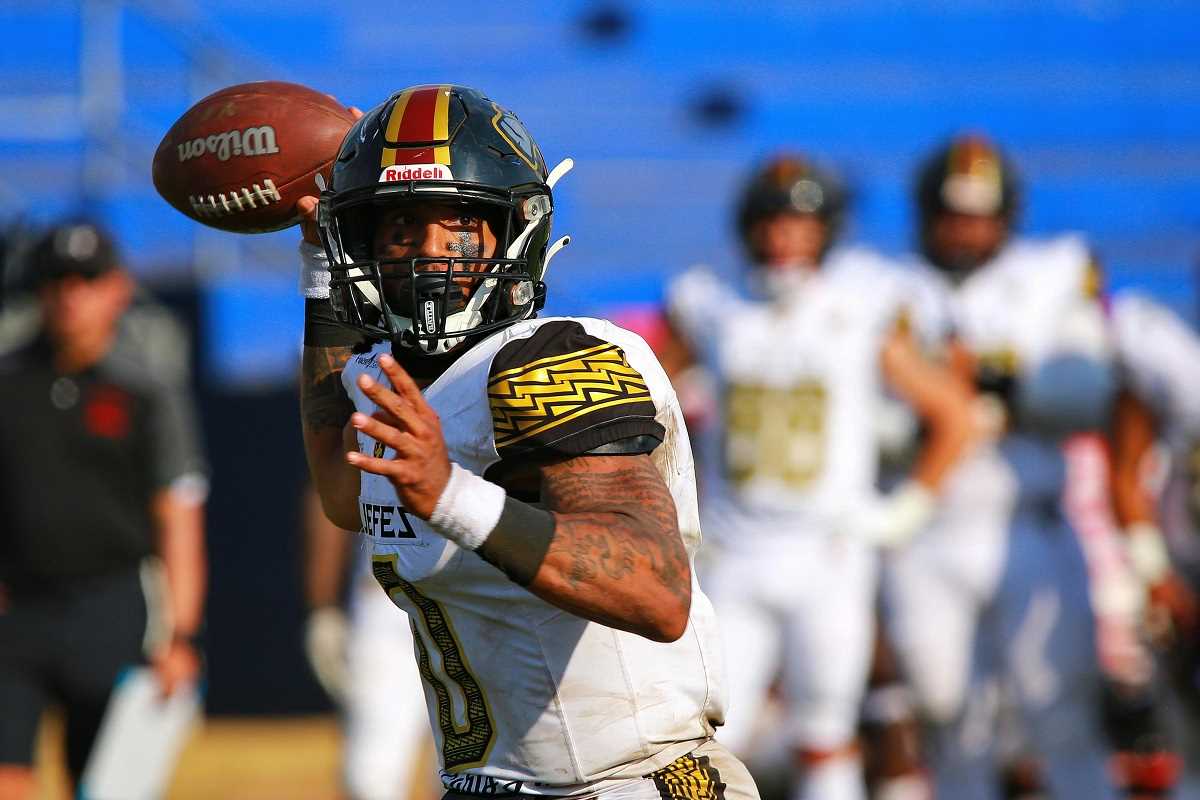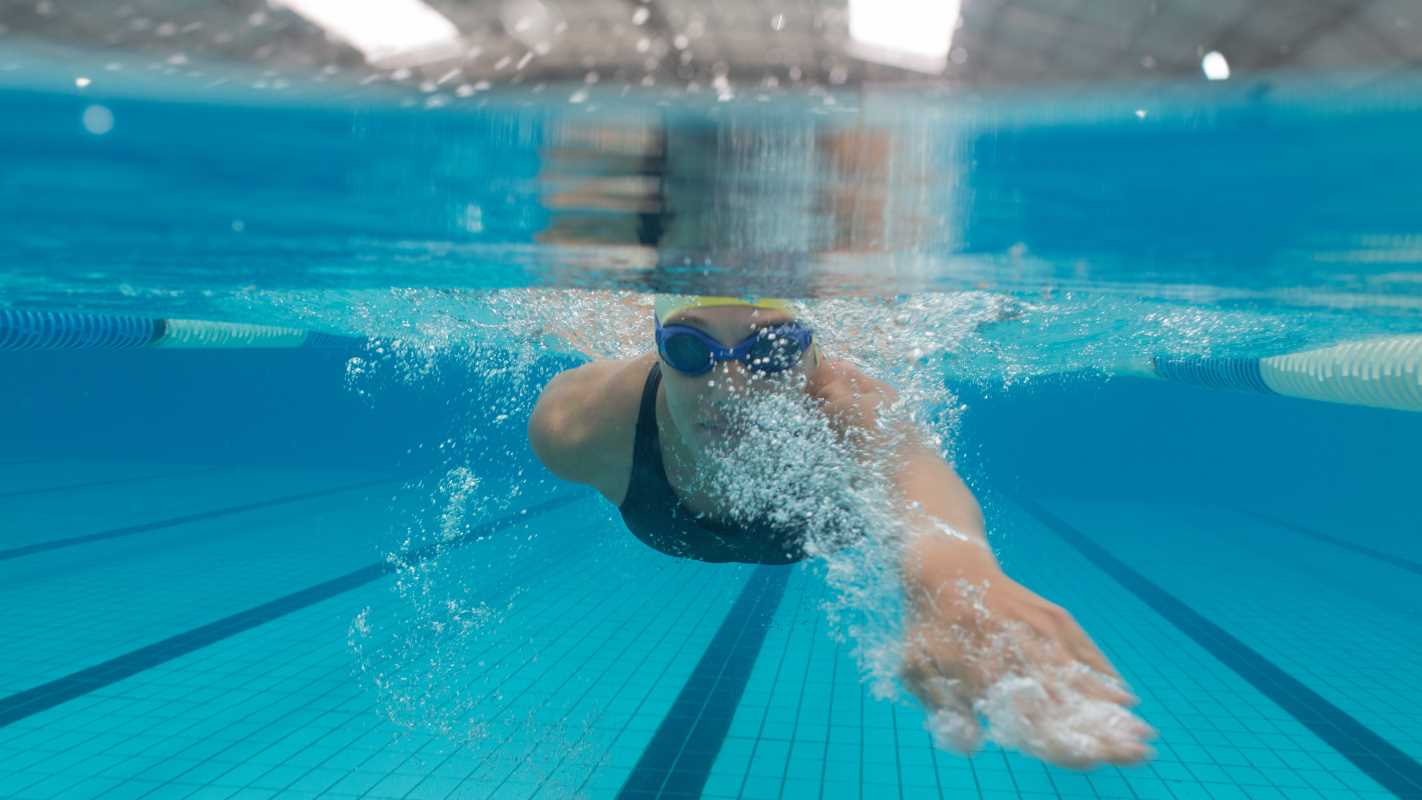Elite sprinters achieve success not solely through raw speed, but by meticulously refining their biomechanics—mastering the way their bodies move to gain every possible advantage. This precision-oriented approach isn't reserved just for professionals; it’s an accessible tool for any athlete serious about improving performance. Biomechanical analysis reveals subtle inefficiencies in form, allowing runners to adjust posture, stride, and muscle activation for optimal output. By embracing this data-driven method, athletes can break through performance plateaus, enhance injury prevention strategies, and develop more efficient training plans. Ultimately, biomechanics empowers sprinters to push beyond limits and reach new performance milestones.
The Science of Sprinting
- Force Application: Efficient sprinters maximize the force they apply to the track, minimizing energy loss.
- Stride Length and Frequency: Balancing stride length with the number of strides ensures optimal speed without overexertion.
- Center of Mass: Maintaining a low and consistent center of mass enhances stability and power output.
- Energy Systems: Understanding the anaerobic energy systems helps in managing energy during explosive efforts.
- Muscle Activation: Coordinated muscle activation patterns contribute to smoother and more powerful sprinting mechanics.
Importance of Biomechanics in Sprinting
Biomechanics plays a crucial role in sprinting by breaking down complex movements into manageable components. This scientific approach allows athletes to pinpoint exactly where improvements can be made, ensuring each part of the sprint is optimized for maximum efficiency. Without a deep understanding of biomechanics, athletes might struggle to identify the subtle nuances that can make the difference between winning and just competing.
Biomechanics also helps in injury prevention. By analyzing movement patterns, athletes can recognize and correct potentially harmful techniques before they lead to injury. This proactive approach not only extends an athlete’s career but also maintains peak performance levels consistently. In essence, biomechanics forms the foundation upon which elite sprint performance is built.
Analyzing Movement Patterns
- Video Analysis: High-speed cameras capture every phase of the sprint, allowing detailed frame-by-frame examination of an athlete’s technique.
- Motion Capture Systems: These advanced systems track the precise movements of different body parts, providing comprehensive data on biomechanics.
- Force Plates: Placed on the track, force plates measure the amount and direction of force an athlete applies during each sprint.
- Wearable Technology: Sensors and trackers offer real-time data on speed, acceleration, and other vital metrics, enabling continuous monitoring and adjustments.
- 3D Modeling: Creating three-dimensional models of an athlete’s sprint helps visualize movement patterns and identify areas for improvement.
Benefits for Athletes
Understanding movement patterns provides athletes with the knowledge to fine-tune their techniques for better performance. By analyzing their biomechanics, sprinters can enhance their speed, reduce energy wastage, and maintain consistency in their sprints. This level of precision training not only boosts performance but also builds confidence, knowing that each aspect of their movement is optimized for success.
Biomechanics offers a competitive edge by enabling athletes to benchmark their performance against the best in the field. This comparative analysis encourages a mindset of continuous improvement, motivating athletes to strive for excellence in every training session. The insights gained from biomechanical analysis are invaluable for setting realistic goals and achieving them systematically.
Training Tips for Success
To use the principles of biomechanics, athletes should integrate specific training techniques into their regimen. Start by incorporating plyometric exercises, which enhance muscle elasticity and power, crucial for explosive sprints. These exercises help in developing the fast-twitch muscle fibers that are essential for sprinters.
Next, focus on flexibility and mobility drills. A flexible athlete can move more efficiently, reducing the risk of injury and allowing for greater range of motion during sprints. Incorporating dynamic stretches and yoga can significantly improve overall mobility, leading to better sprint mechanics.
Strength training should not be overlooked. Building core and lower body strength provides the foundation needed for powerful sprints. Exercises like squats, deadlifts, and lunges target the key muscle groups involved in sprinting, enhancing both speed and endurance.
Prioritize rest and recovery. Taking adequate time to recover ensures that muscles repair and grow stronger, preventing burnout and maintaining peak performance levels. Techniques such as foam rolling and massage can aid in faster recovery and reduce muscle soreness.
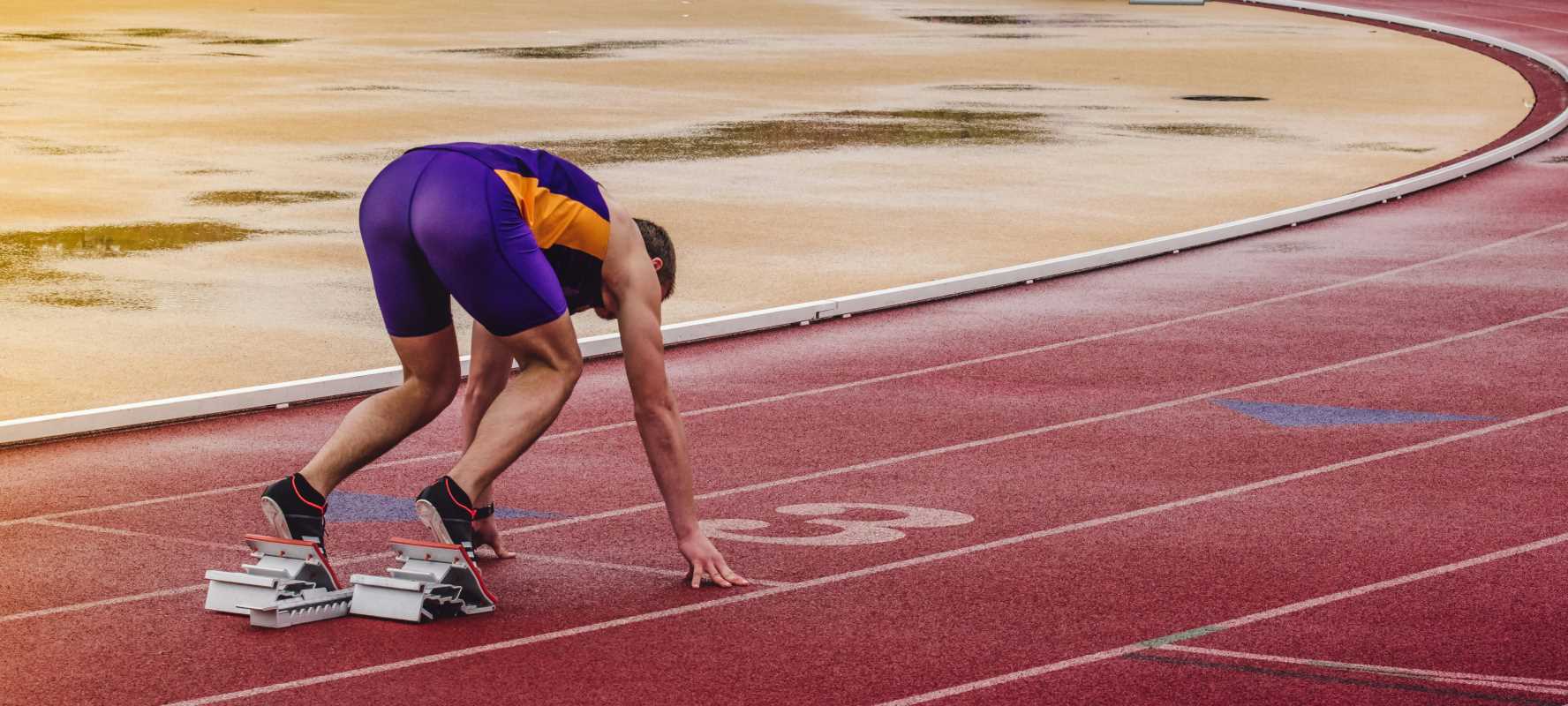 (Image via
(Image via